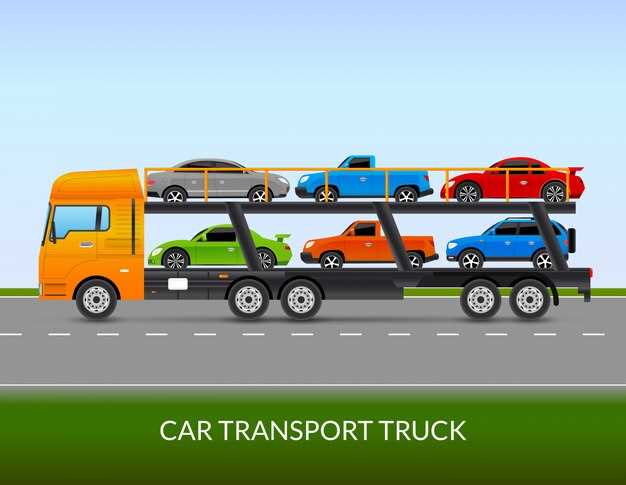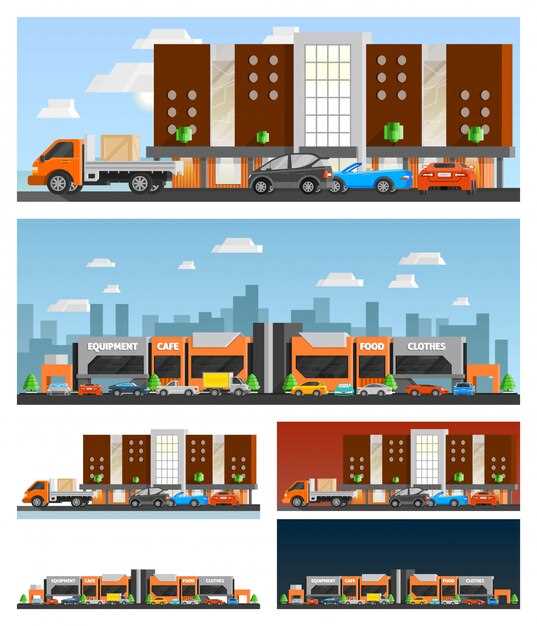
The automotive landscape has seen significant advancements in recent years, particularly in the realm of pickup trucks. Compact trucks have carved out a niche for themselves by blending the agility of smaller vehicles with the robust capability traditionally associated with full-size models. As a result, they have become the go-to solution for drivers seeking versatility without sacrificing performance.
Compact trucks now offer a formidable combination of strength, utility, and fuel efficiency, making them ideal for both work and leisure. With the ability to tow heavy loads and navigate tight urban spaces, these vehicles are designed to meet the demands of a diverse range of lifestyles. As manufacturers continue to enhance their offerings, compact trucks are increasingly equipped with features that were once exclusive to their larger counterparts.
Moreover, the landscape of compact trucks has expanded to include advanced technology and safety features, ensuring that drivers and passengers alike can enjoy a comfortable and secure ride. In this article, we will explore the various compact truck models that provide full-size performance features, highlighting their capabilities and innovations. Get ready to discover how these smaller vehicles pack a powerful punch.
Evaluating Towing Capacity in Compact Trucks

When considering a compact truck, one of the most critical specifications to evaluate is its towing capacity. This parameter directly affects the truck’s usability for hauling trailers, boats, and other heavy loads. Towing capacity is primarily determined by the vehicle’s engine power, drivetrain configuration, weight distribution, and overall design.
Engine performance plays a significant role in towing capabilities. Most compact trucks feature turbocharged engines that provide a good balance of horsepower and torque, essential for managing heavy loads. It is vital to compare the engine options available within various models, as they can significantly affect both towing performance and fuel efficiency.
The drivetrain configuration is another crucial factor. Four-wheel-drive (4WD) systems often enhance traction and stability while towing, especially on uneven terrain. However, a two-wheel-drive system may suffice for lighter loads or highway travel. Understanding the specific drivetrain options can help potential buyers tailor their choice to their towing needs.
Weight distribution is equally important; more robust designs with proper axle ratings can accommodate higher loads. It’s essential to check the Gross Vehicle Weight Rating (GVWR) and the Gross Combined Weight Rating (GCWR). These ratings indicate the maximum allowable weight for the truck and any trailer, ensuring safety and performance standards are met.
Lastly, consider the presence of manufacturer towing packages. Many compact trucks offer optional towing packages that include features like an upgraded cooling system, enhanced braking capabilities, and additional towing aids such as hitch receivers or integrated trailer brake controls. Properly equipped trucks will perform better and provide additional peace of mind when towing.
In conclusion, assessing towing capacity in compact trucks requires a careful evaluation of engine performance, drivetrain configuration, weight distribution ratings, and available towing packages. Understanding these factors will help truck buyers make informed decisions that meet their specific towing requirements.
Comparing Off-Road Capabilities Among Popular Models
When evaluating the off-road capabilities of compact trucks, several key models stand out for their performance in rugged terrains. These trucks not only offer compact dimensions but also come equipped with full-size performance features that enhance their off-road prowess.
Toyota Tacoma is renowned for its reliability and off-road capability. Equipped with features such as a locking rear differential, multi-terrain select system, and crawl control, the Tacoma excels in navigating challenging landscapes. Its 4WD system delivers exceptional traction and stability, making it a top choice for enthusiasts who venture into tough terrains.
Ford Ranger, another formidable competitor, combines modern technology with rugged performance. Its Terrain Management System optimizes handling in various conditions, while the robust suspension system ensures comfort and stability over rough paths. The Ranger also offers excellent ground clearance, enabling it to tackle obstacles effortlessly.
Chevrolet Colorado provides a balance of power and maneuverability. The Z71 off-road package enhances its capabilities with features like off-road suspension and skid plates, allowing it to withstand tough obstacles. Additionally, the choice of a diesel engine offers increased torque, which is beneficial for towing and climbing steep inclines.
Jeep Gladiator sets the standard for off-road performance in the compact truck segment. With its exceptional articulation and approach/departure angles, the Gladiator is designed for serious off-road enthusiasts. Standard features include a heavy-duty 4WD system and available off-road navigation, making it well-suited for challenging trails.
Ultimately, the choice among these compact trucks will depend on the specific off-road needs and preferences of the buyer. Each model brings unique strengths to the table, whether it’s the reliability of the Tacoma, the innovative features of the Ranger, the balanced performance of the Colorado, or the rugged capabilities of the Gladiator. A thorough comparison of these trucks can guide potential buyers in selecting the best option for their off-road adventures.
Understanding Fuel Efficiency Without Sacrificing Power

In the current automotive landscape, compact trucks are bridging the gap between fuel efficiency and full-size performance. Consumers increasingly seek vehicles that provide significant power without excessive fuel consumption. Achieving this balance involves a combination of advanced engineering, modern technology, and intelligent design.
Engine Technology plays a crucial role in enhancing fuel efficiency. Many compact trucks are now equipped with turbocharged engines that deliver higher horsepower while utilizing less fuel. These engines are designed to maximize combustion and minimize waste, ensuring that drivers receive the power they need without compromising efficiency.
Another significant factor is weight optimization. Manufacturers are utilizing lightweight materials, such as high-strength steel and aluminum, to reduce the overall weight of the vehicle. A lighter truck requires less energy to move, leading to improved fuel efficiency without sacrificing load capacity or towing capabilities.
Aerodynamics also contributes to fuel efficiency. Compact trucks are designed with streamlined shapes that reduce drag, allowing them to cut through the air more efficiently. Features such as active grille shutters and underbody panels further enhance aerodynamics, resulting in better fuel consumption, especially at highway speeds.
Hybrid and Electric Options are emerging as viable choices in the compact truck segment. These powertrains combine traditional gasoline engines with electric motors, providing an extra boost of power while reducing reliance on fuel. Not only do they improve overall efficiency, but they also offer excellent torque delivery, which is essential for performance.
Finally, driving habits play a significant role in fuel efficiency. Modern trucks often come equipped with advanced driver-assistance systems that promote efficient driving behaviors. Features like adaptive cruise control and eco-driving modes encourage smoother acceleration and braking, ultimately leading to better fuel economy.
By leveraging advanced powertrains, lightweight construction, aerodynamic designs, and modern technology, compact trucks can achieve impressive fuel efficiency without sacrificing the power that drivers demand. As options continue to expand, consumers will find an increasing number of viable solutions that meet their performance needs while promoting sustainability.

